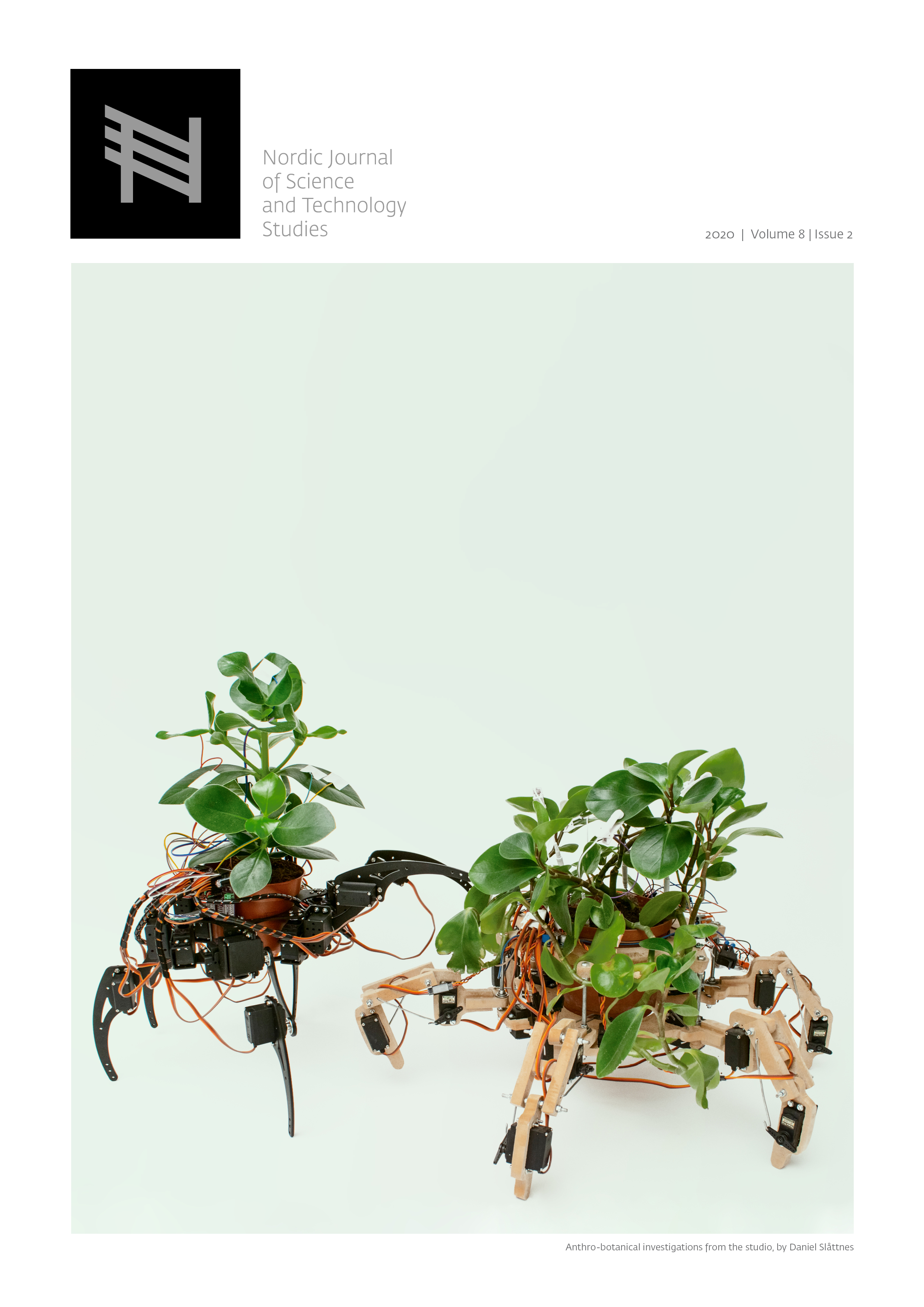Citizen science
Co-constructing access, interaction, and participation
DOI:
https://doi.org/10.5324/njsts.v8i2.3547Abstract
How do civic educators and citizen communities co-construct access, interaction, and participation and bridge contributory and democratized citizen science? This study builds on interviews and observations with amateur naturalists, professional biologists, and public authorities about their participation in the Species Observations System (SO)—Norway’s largest citizen science (CS) project.
Over more than twenty years, CS has been understood as either contributory (contributing with data) or democratized (emancipating the pursuit of science). Following these models, CS studies has developed a number of classifications of CS projects. The present article aims to bridge contributory CS and democratized CS by using the access, interaction, and participation (AIP) model outlined by Carpentier, without extending the number of classifications.
Access and interaction signify contributory CS. Well-functioning technology is a precondition for joining the ranks of records, contributors, validators, and institutional actors. Interaction is the second founding stone of participation, and organizations are crucial to facilitating interaction. Participation signifies democratized CS. The choice of technology involves important dimensions of power, as technology structures actions. However, the ability to build and sustain the technological infrastructure also illustrates that participation is organizational power, enacted both from the bottom-up and top-down.
Downloads
Downloads
Published
Issue
Section
License
Copyright (c) 2020 Per Hetland

This work is licensed under a Creative Commons Attribution 4.0 International License.
All content in NJSTS is published under a Creative Commons Attribution 4.0 license. This means that anyone is free to share (copy and redistribute the material in any medium or format) or adapt (remix, transform, and build upon the material) the material as they like, provided they give appropriate credit, provide a link to the license, and indicate if changes were made.






